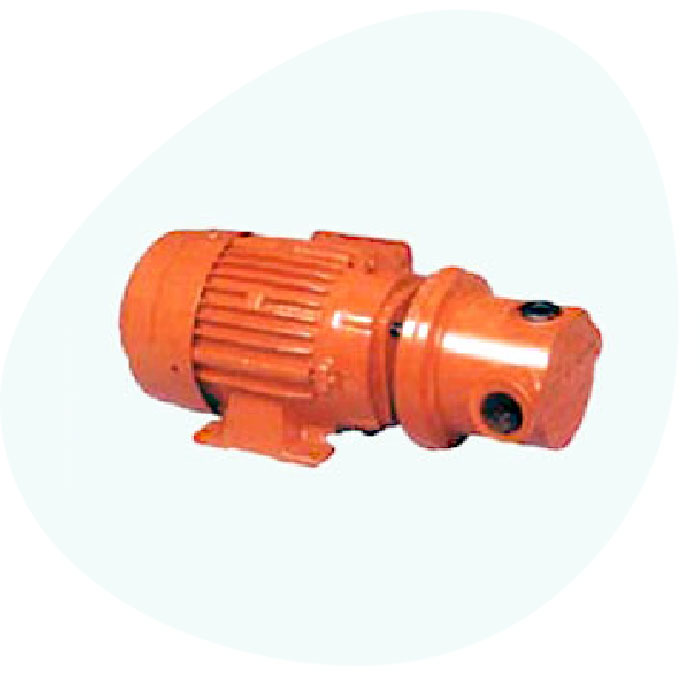Internal Lobe Pumps

Working Principle
An internal lobe pump unit consists of an inner and outer rotor. The inner rotor has one teeth lesser than the outer rotor. Tushaco’s RT and RTBP series uses a trochoidal inner rotor and an outer rotor formed by a circle with intersecting circular arcs. The inner rotor is located off-center and both rotors rotate. During part of the assembly's rotation cycle, the area between the inner and outer rotor increases thus creates a vacuum. This vacuum creates suction, and hence, this part of the cycle is where the intake is located. Then, the area between the rotors decreases, causing compression. During this compression period, fluids can be pumped, or compressed (if they are gaseous fluids).
Smooth rolling action of the rotors results in minimum noise, vibration and pulsation - less flow. View Catalogue
Smooth rolling action of the rotors results in minimum noise, vibration and pulsation - less flow. View Catalogue
